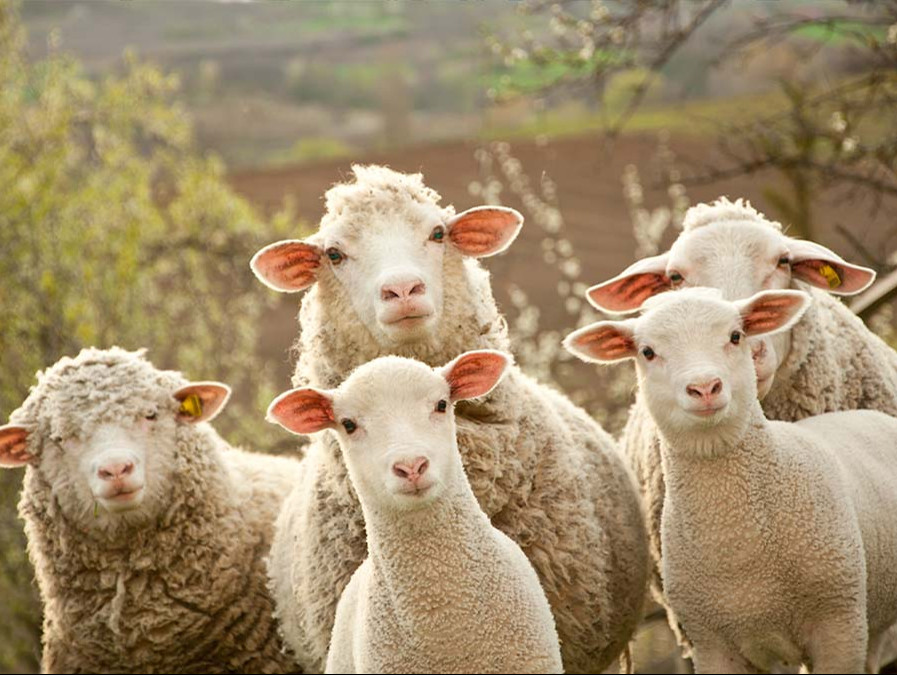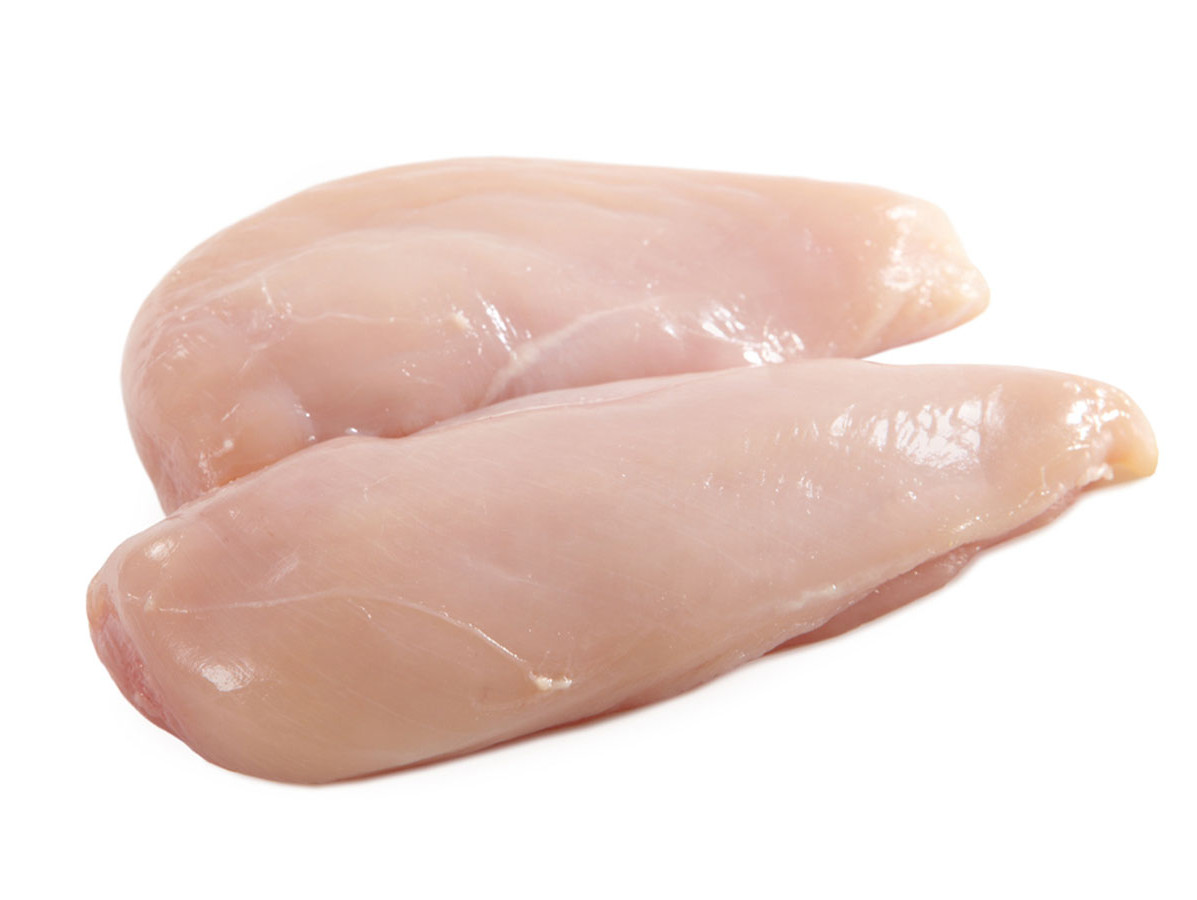
Every year, just before the start of the academic year, the 'International Congress of Meat Science and Technology (ICoMST)' takes place. This year, over 500 scientists from 44 countries gathered to discuss the progress and results of meat-related research. Scientists Theo Verkleij and Sara Erasmus from Wageningen Food & Biobased Research attended the congress and have reported on the event.
This year's host country for the conference was Italy. In Padova, at the end of August, there was lively debate about the research designs, progress, and results of studies. After three years online due to the coronavirus, attendees were finally able to meet in person again, making the conference a vibrant affair. Out of the 44 presentations, we will highlight some of the technological advancements presented. The keynote lectures are published in the Italian Journal of Animal Science (open access).
Australian consumers prefer sheep meat without excessive subcutaneous fat. In Australia, sheep carcasses are traded based on weight and subcutaneous fat thickness, measured 110 mm from the midline of the spine across the 12th rib. This is referred as the GR location. Thicker carcasses yield less meat and are costlier to process. The GR tissue depth is thus negatively correlated with carcass value. Precise and accurate fat measurement is essential for the profitability of the red meat (sheep) industry. This can be done using Dual Energy X-ray Absorption; a technology for assessing the composition of the entire carcass. However, this method is costly (over 600,000 AUS $) and requires x-ray shielding for staff safety. Smaller meat processors therefore rely on subjective manual palpation, which is prone to error.
Ultra-broadband microwave (MiS) offers another objective measurement technology to predict tissue depth. This technology uses low-power electromagnetic waves. An antenna makes contact with the carcass surface and completes the measurement within a second. The predictions meet the Australian AUSMEAT system's national accreditation standards. A significant advantage is that microwaves are not harmful to humans; no shielding is needed. Furthermore, MiS measurement equipment is affordable (≈ €40,000 AUS $), available as a handheld device, and non-invasive.
Measuring GR tissue depth is essential for trading. Moreover, these measurements also yield valuable data for other applications, such as creating genetic databases. It would be convenient for the industry if a single measurement could predict multiple characteristics, like fat thickness at the C-site. Jayaseelan Marimuthu from Australia researched whether fat correlations between different sites are strong enough to make predictions for the C-site based on the GR site. If these predictions meet AUSMEAT accreditation standards, a second scan becomes unnecessary. Initial studies indicate that this is feasible. Further research into radiation patterns, antenna design, and scan locations is still required to determine whether signal penetration and predictions of multiple characteristics from a single site can be improved. Marimuthu is confident in the prospects.

In a study by Prof. Igor Tomasevic (Serbia) with chicken breast, at low field strength the pH of the meat was found to be unchanged
James Morton from New Zealand developed a stress model to predict the end-pH of sheep meat. Deviant pH levels in meat often result from stress experienced by the animal just before slaughtering. To test the model, two groups of lambs were studied. One group was exposed to standard stress factors before slaughtering, resembling conditions in a New Zealand pastoral system. The control group experienced minimal stress before being slaughter. Data relevant to meat quality was collected both before and after slaughtering from both groups.
Morton used Rapid Evaporative Ionisation Mass Spectrometry (REIMS), an electronic knife creating a metabolite fingerprint of the meat. Most REIMS data analyses use multivariate statistics. One downside of this method is the inability to refine the dataset, using, for example, only relevant variables to explain or predict a phenomenon. Much of the collected data is irrelevant to the research question, compromising the model’s validity.
Morton sought an alternative approach to answer this question. Morton uses a collection of machine learning algorithms for data mining tasks, the ‘Waikato Environment for Knowledge Analysis’ (WEKA). It includes tools for data preparation, classification, regression, clustering, association rules gathering, and visualization. He managed to significantly reduce the size of the dataset: from 886 attributes (data variables) to eight attributes. Machine learning (ML) employs artificial intelligence to train the model in prediction. Other data processing methods were less potent than WEKA. These findings help define and design larger-scale studies in commercial processing companies, aiming to develop rapid screening systems for predicting the meat's expected pH.
The application of pulsed electric fields (PEF) is an efficient non-thermal food processing technique. This method enhances the solubility of proteins and can improve functionality, texture, color, and sensory quality. Compared to traditional technologies, its energy consumption is much lower, especially due to short treatment times.
In PEF processing, food is placed between two electrodes and exposed to short high-voltage pulses. High field strengths (>10 kV/cm) can inactivate microorganisms, while at lower field strengths (up to 1.5 kV/cm), pores are formed in the cell walls of plant or animal cells. This has significance for further meat processing. For example, the increased cell wall permeability allows for better and faster brine absorption for brine-injected meat products. Furthermore, the drying processes also become more efficient due to these pores.
In a study by Igor Tomasevic (from Serbia) on chicken breast, low PEF field strength did not change the meat's pH. When applying higher field strengths, the meat discolored to the same extent as when heated conventionally. Although the PEF technology is not yet widely adopted by the meat industry, Tomasevic sees great potential for its further implementation and use, especially as sustainability considerations and energy-saving become increasingly vital.
Photo sheep: ©Baronb/shutterstock.com
Photo chicken breasts: ©MaraZe/shutterstock.com
Source: Vakblad Voedingsindustrie 2023